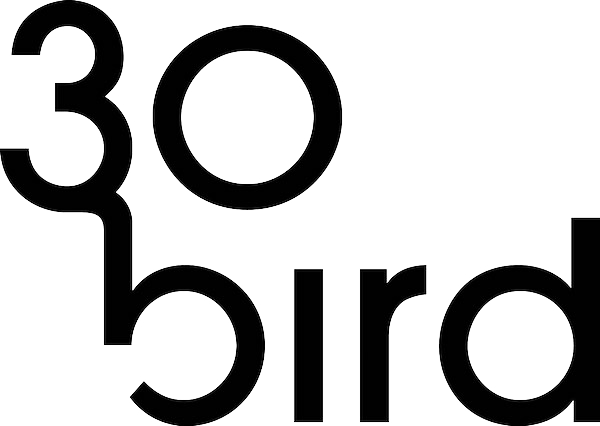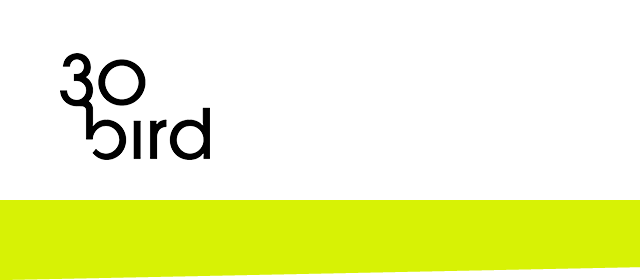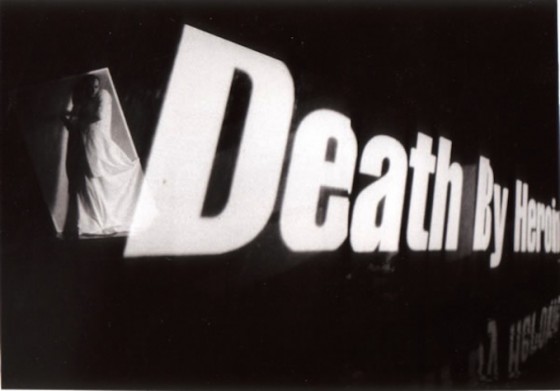
Photo: Johanna Lowe
Image Against Narrative
30 Bird started life in 1996 as a visual theatre company influenced by cinema, mainly the work of directors such as Hitchcock and Nicholas Ray and also the French New Wave ( Romer, Goddard, Truffaut). 30 Bird’s work had a distinctly visual element defined by the spectator/audience’s gaze. The visual was seated in the experience of the viewer coming across something that went beyond the story, the setting and the context of the production. It almost acted as a portal to something other, an invitation, a tease, an enigma. Similar to cinematography, 30 Bird’s theatrical productions were story-boarded, bringing the direct influence of the set designer and the lighting designer from the outset to the project. Still set within a story in the form of a play, the visual presentation of the production went beyond the role of the actors; the latter were in most cases the very last element of the production to be organized within the visual structures.
30 Bird’s early work was also influenced by the visual arts, predominantly installation art. In this context creation of installations within a theatrical space, and even within a theatrical narrative, interrupted the more literary flow of the story. It also challenged the notion of storytelling, plotting and characterisation as the main constituents of a theatrical production, elevating or reducing (depending on how one likes it) the role of the body/actor/performer to a constituent of the image.
There was inevitably a tension within this way of working picked up by reviewers of 30 Bird’s early work such as The Parable of The Blind
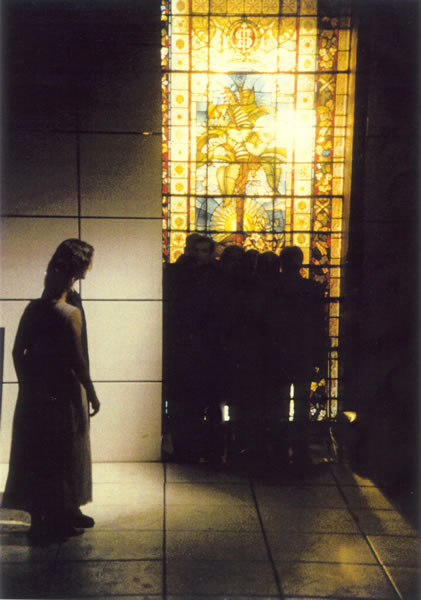
Photo: Paul Emery
or Death By Heroine. Critics complained of the distancing of the audience from the intimacy of the action through the visual mechanisms set on stage, the set, the lighting. Some desired for the actors to be allowed more freedom to carry the story/action/words forward without such interruptions. Whilst noticing the sequence of image creations in the productions, some reviewers however complained of a lack of clear meaning, clear narrative or clear and flowing line of action.
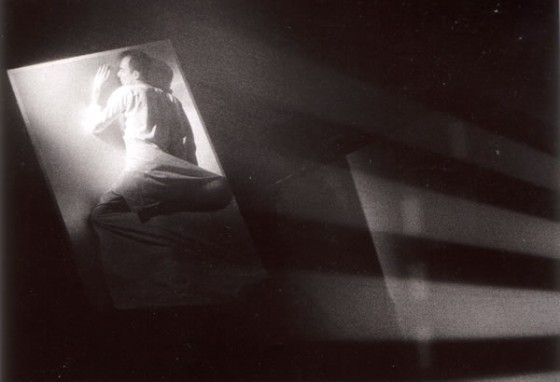
Photo: Johanna Lowe
The conflict between a more literary orientated theatrical text with its more conventional narrative demands and the non-narrative installation art images came to a head after a three year break when the company was resident at Studio Voltaire, a predominantly visual arts organization providing studios for artists. During their three year stay at Studio Voltaire, a new kind of writing emerged in the work of the company’s artistic director Mehrdad Seyf. Text was no longer a means to create a story with characters assigned to it. Mehrdad Seyf shifted his practice from writing plays to writing paragraphs. These paragraphs would be informed by an idea or an image and would be addressed to a listener, whoever the listener might be. The paragraphs did not have a gender, person or character attached to them. They were open to editing and characterisation, but the nature of these paragraphs allowed them to be edited in an infinite number of ways. There was therefore a clear shift away from creating theatrical productions based on literary textual narratives, to creating visual productions where the text would function as sound, as part of the visual construct, as part of the elements that create the space of performance. The text had an existence of its own which could have a body attached to it or not. A series of unrelated paragraphs could therefore be put together as constituents of a performative piece. The connections between these paragraphs were to be discovered and created, not through literary means, but through an exploration of space, rhythm, sound and image creation.
Another major influence on 30 Bird’s work is its cultural affiliation with Iran and perhaps more precisely, with the perspective of people from other cultures who have either lived in Europe and grown up there, have access to different cultural co-ordinates and more importantly, by virtue of their position, have a much more varied experience of the everyday, an experience which, whilst embracing the local and the national, goes beyond both. This element has created a complexity regarding the notion of context in theatrical productions. If there are any references to other cultures, specifically to Iran or anything outside the European and American context, there is an expectation to elaborate on the background and the setting of these cultures. Without such elaborations, it is claimed, there is no way of understanding what is going on. This demand comes from two directions. One from the direction of a Eurocentric status quo that is keen to categorize anything culturally “other” by placing it outside the everyday cultural flow, assigning it a special position such as “minority” or “ethnic”, and defining it through the concept of identity. In other words anything sitting outside the Anglo- Saxon and European cultures is construed as a particular identity that needs to be explained/elaborated/elucidated. People from those cultures are therefore encouraged to create work about identity; Further, due to this categorization, the kind of work created is encouraged to tackle “social issues” or reflect “social problems about race” etc… once more relegating art to a means of articulating political and sociological arguments. In both cases art becomes subject and secondary to the elaboration of context.
Any work that refuses to do this becomes problematic, it neither sits in one camp, nor in the other; it sits in-between. 30 Bird’s work is exactly that: the in-between. 30 Bird has resolutely refused to be drawn in this debate by focusing its work on creation of art and providing various experiences of art for audiences, spectators and participants. The refusal to provide “enough” explanation or just “explanation” is an important part of 30 Bird’s approach which connects itself directly to the visual component of its work.
